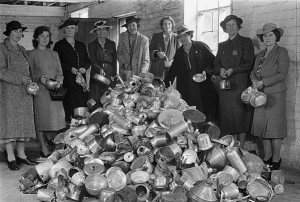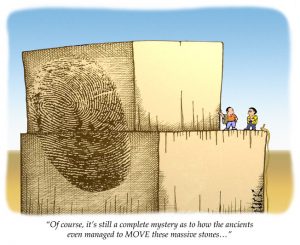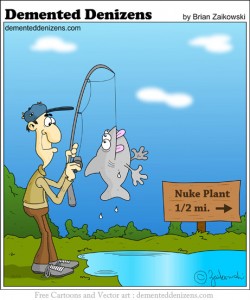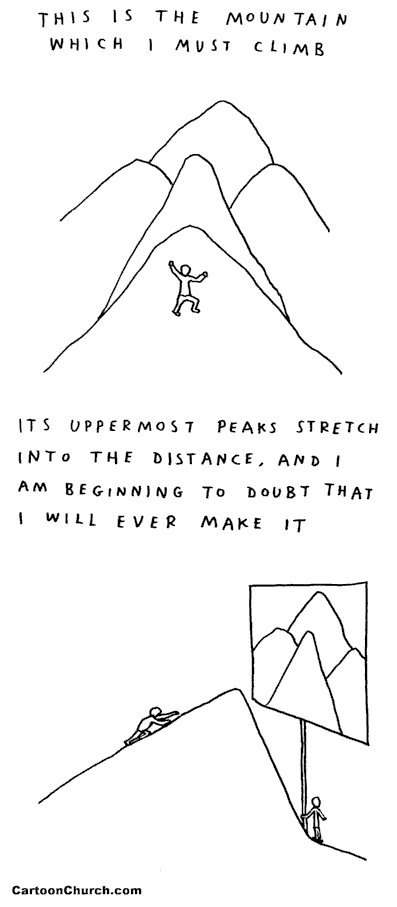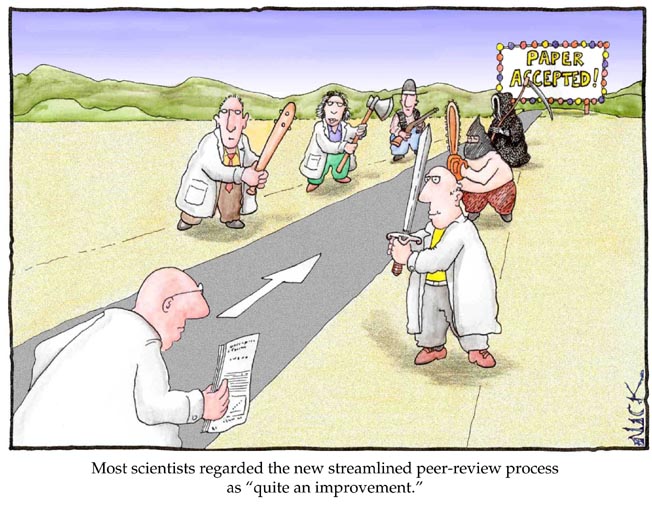The posts discuss 8 themes:-
- How to write a Grant Application
- Strategy for writing grant applications
- Writing Style for Grant Applications
- Giving and Receiving Feedback on Grant Applications
- Dealing with referees reports and with rejection
- Interviews and Talks
- Software
- Academic Life and Afterlife
How to Write a Grant Application
- This post describes the on-line workshops that I developed in 2020 and explains why the interactive on-line workshop is better than the face-to-face workshops I used to deliver between 2013 and 2020.
- The posts described below explain the approach to grant-writing that I teach in the on-line workshops:-
- This post explains why it is unwise to write your case for support so that only an expert can understand it.
- This post explains why the readership problem is the most important problem to consider when you are writing your case for support.
- The magic formula for a case for support that solves the readership problem.
- This post explains how the distinctive structure of the case for support ensures that committee members extract the information they need from it without reading it carefully.
- Before you start writing you need to design your research project.
- Start by getting the structure of your case for support as a set of key sentences.
- A recipe for the key sentences
- How the key sentences work.
- Key sentences work so well for the reader so you should use them to structure your case for support even if they don’t help you to write it.
- Make sure that the aims match the objectives
- Why you need a good introduction and how to write it
- How the Background sells the project
- A good summary will help a committee understand your application
- An exercise to generate a good opening sentence
- This post explains that you should have fewer than four and more than two items in a list and that you should format lists so that items are on separate lines.
- Adapting the key sentence approach to other grant schemes: NIH K99/R00
- The key sentence approach takes 2 weeks or less to generate a case for support
- You need a project if you want to practise writing key sentences. If you don’t have a project you can practise by pretending you are applying for funding for your PhD project.
- You can practise writing key sentences to sell other things than a research project. Here is a set that I wrote to sell my grant-writing workshop.
- The quick way of starting a grant application is to write a set of key sentences. There is way that looks easier but it usually ends up being much more difficult.
- This is how I used to advise people to write grant applications before I worked out the key sentences approach. It works, but the key sentences approach generates solutions to a lot of problems.
Strategy for Grant Applications
- The importance proposition explains that the first question a funder asks about your grant application is whether it describes a project that meets their priorities.
- Training people to write grant applications doesn’t necessarily open the funding floodgates.
- Whatever your writing approach, always start by figuring out what the project is.
- Before you start writing you should check whether your proposed project is likely to be viable and fundable
- Record this essential information about your project so that you can check whether it is fundable and viable.
- If you start writing a grant application before you are ready you might never finish
- You shouldn’t write a grant application unless you need a grant. And if you need a grant, you should be prepared to write several applications
- This post explains why it’s better to write a good grant application, even though most successful applications are poorly written.
Writing Style for Grant Applications
- You will need to repeat yourself: make sure that you use exactly the same words
- Start each paragraph with the punchline
- Don’t fall into these traps.
- Try to avoid these common bad habits
Friendly fire: Giving and receiving feedback
- A five minute test to see if you have the right bits in the right places
- How to give your grant application a more searching test
- How to give useful feedback
- How to get a reluctant critic to tell you what you need to know
- How to reshape your case for support
Dealing with referees reports and with rejection
- Why committees and referees might not agree with each other
- How to respond to referees
- Recycling a rejected application
- First steps for dealing with rejection
Interviews and talks
Software for Writing Grant Applications
Academic life & Afterlife
- I recommend you read “getting to yes” if you have to manage people or negotiate
- My approach to the problem of writing and reading employment references
- It is always best to act as if you assume that the people you are dealing with are being reasonable
- Academic Management is important
- Introductory post on this blog
- My feelings on finally becoming my own boss
- Reflections on the first couple of years of running the company.
- Comparing my grandson’s first computer with mine.
- If you do not reduce work when you commit time to other activities you will not improve your work-life balance: you will make it worse
- This post announces the death of Amanda Parker. Her obituary is here.

